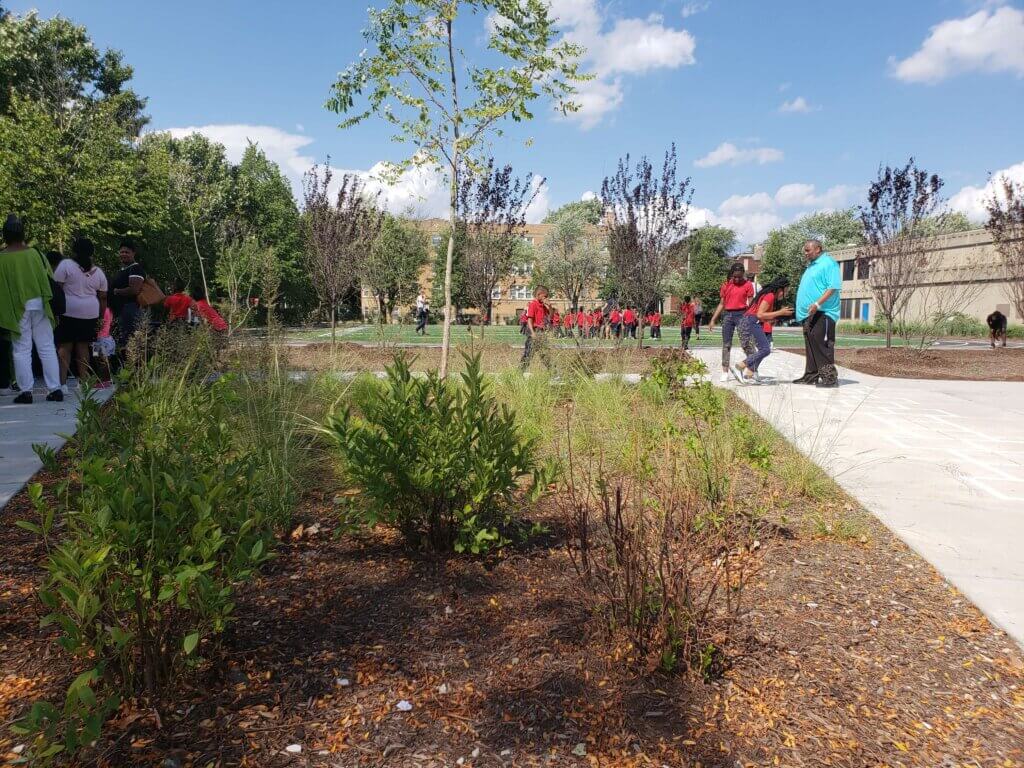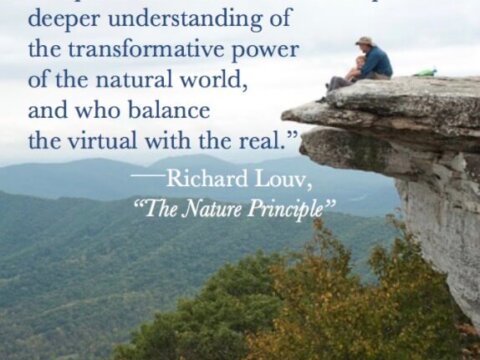SEEING GREEN: How Natural Schoolyards Enable Equitable Engagement with Nature
As evidence of the benefits of nature on our emotional and physical health as well as on our social lives, cognitive abilities and academic performance grows, calls for more natural spaces in urban environments are becoming widespread.
Though green spaces such as neighborhood parks certainly exist in urban settings, there remains a disconnect between access and experience of the natural environment for many people living in these communities.
Certainly, some programs and interventions have tried to rectify the problem by building new parks and similar green spaces. But these benefits are often not distributed equitably across society, partly due to systemic issues. For example, access costs, as well as the distance to these spaces, may prevent low-income groups, in particular, from seeking them out even though, ironically, these are the people that typically need these spaces the most.
Green schoolyards as a solution
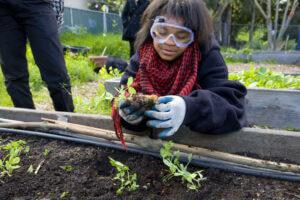
The Green Schoolyards for Healthy Communities Initiative is one approach that is attempting to democratize access to green spaces. This model transforms schoolyards, which are present in most communities, into green and vibrant areas with natural and built elements that are designed to appeal to students, their families, and their communities. Students use the schoolyards during school hours, but then the schoolyards are also opened up to the broader community at all other times.
The Children and Nature Network is driving the Green Schoolyards for Healthy Communities initiative through a series of interconnected activities which include providing cities and schools interested in experimenting with green schoolyards in their spaces with technical assistance, compiling and sharing extensive research and best practices, and advocating for the project with key community leaders and decision makers.
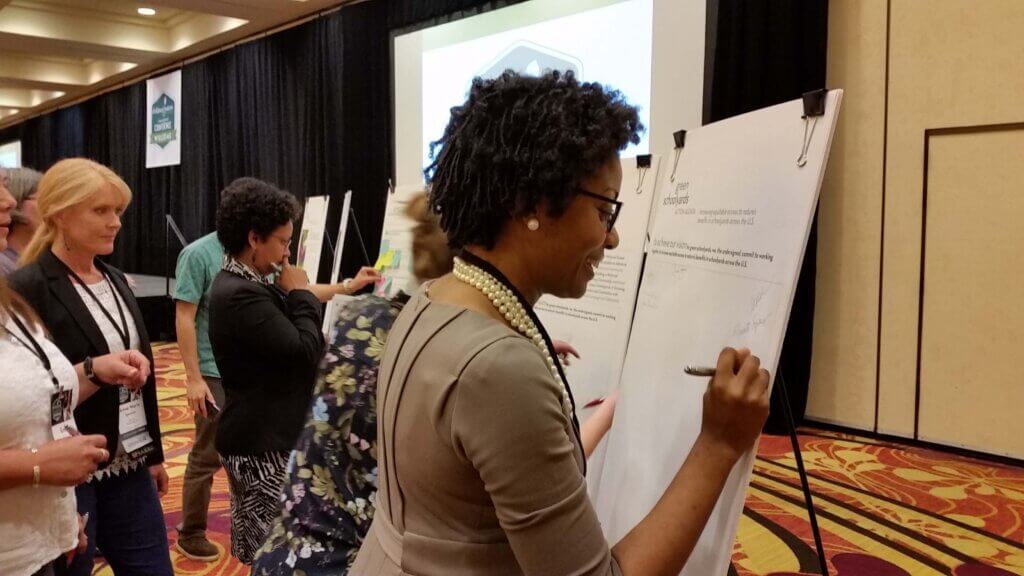 Creating these spaces, of course, requires input from various stakeholders including school administrators, educators, staff, and students. Equally important is the inclusion of local governments and environmental professionals as well as the broader community.
Creating these spaces, of course, requires input from various stakeholders including school administrators, educators, staff, and students. Equally important is the inclusion of local governments and environmental professionals as well as the broader community.
Since the initiative’s launch, nearly 100 organizations have endorsed the Green Schoolyards model and action agenda. And a number of cities have signed on to try it out in their communities.
Recently, our social science research nonprofit New Knowledge Organization Ltd. partnered with the Children & Nature Network to evaluate how some cities are implementing the model. Specifically, we looked at case studies in the cities of Austin, TX; Grand Rapids, MI; and Providence, RI to find out what has worked so far.
Partnerships are integral to developing green schoolyards
As with many things in life, collaboration is key to success. In each of the sites that we looked at, people from different professional backgrounds including school staff, administrators, local park departments, city government officials, and community members were involved in efforts to transform schoolyards.
Working in collaboration with all stakeholders ensures that the voices of the people who will actually use the space are heard and that their interests and needs accounted for.
Inclusion benefits the whole community
Planning teams at the sites in Austin, Grand Rapids, and Providence are explicitly involving their communities in the development effort. Our evaluation shows that this has an empowering effect. In fact, at one location, we observed that young people in the community were actively involved in and owned the development process. Including the community’s perspective ensures that the spaces that are ultimately created serve their “users” effectively. Furthermore, once they are created, these schoolyards provide space for more social and restorative activities that students and their communities can enjoy.
Using your voice to support the vision
Keeping in mind the importance of collaborative action, there are a few avenues through which the mission to transform schoolyards into green spaces can be achieved. For example, an emerging network of professionals that are helping children engage with nature spaces are currently advocating for the Green Schoolyards Action Agenda. Using resources from the Children & Nature Network, these individuals have started creating structures in their professional work to push this agenda forward in their organizational contexts. Similarly, professionals in non-profits, government, and for-profit sectors can advocate for the agenda in their organizations and networks. And identify opportunities to work with allied partners who are interested in furthering the green schoolyards vision.
Meanwhile, educators in the formal and informal sectors can advocate for green spaces in schools and other learning contexts to draw administrators’ attention to this need and ask for their support to develop more green schoolyards. Simultaneously, they can highlight the need for a process that engages a diverse audience, including community members, in a collaborative manner. Perhaps most importantly, members of the public can be vocal about the need for green schoolyards in their communities so that they and their children have easier access to green play spaces.
Photo credit: Jaime Zaplatosch
Rupu Gupta
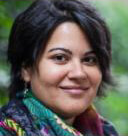
Rupu Gupta is a researcher and conservation psychologist, leading the biosphere work at New Knowledge Organization Ltd. Her work focuses on inclusive practices in the environmental movement, community resilience, and culturally responsive evaluation. Her research area includes the processes that create effective partnerships between different groups and how they provide equitable opportunities for diverse audiences.
Uduak Grace Thomas

Uduak Grace Thomas is a journalist, editor. At New Knowledge Organization Ltd., she is a full time writer. Prior to joining the organization, she was an editor at GenomeWeb where she was primarily responsible for generating content for the company’s bioinformatics and computational biology channel.
-
Feature
GROWING POWER: Urban Roots connects young people with natural spaces, food systems – and one another
-
Feature
Nature photographer Dudley Edmondson has a vision for the representation of Black and Brown faces in the outdoors
-
Network News
Community Spotlight: Prescribe Outside
-
Richard Louv
SPRING FORWARD! 12 Ways to Make Sure Your Kids (and You) Get the Right Dose of VITAMIN N this Spring — and Summer, Too
-
Voices
Placemaking: How to build kinship and inclusive park spaces for children with disabilities


